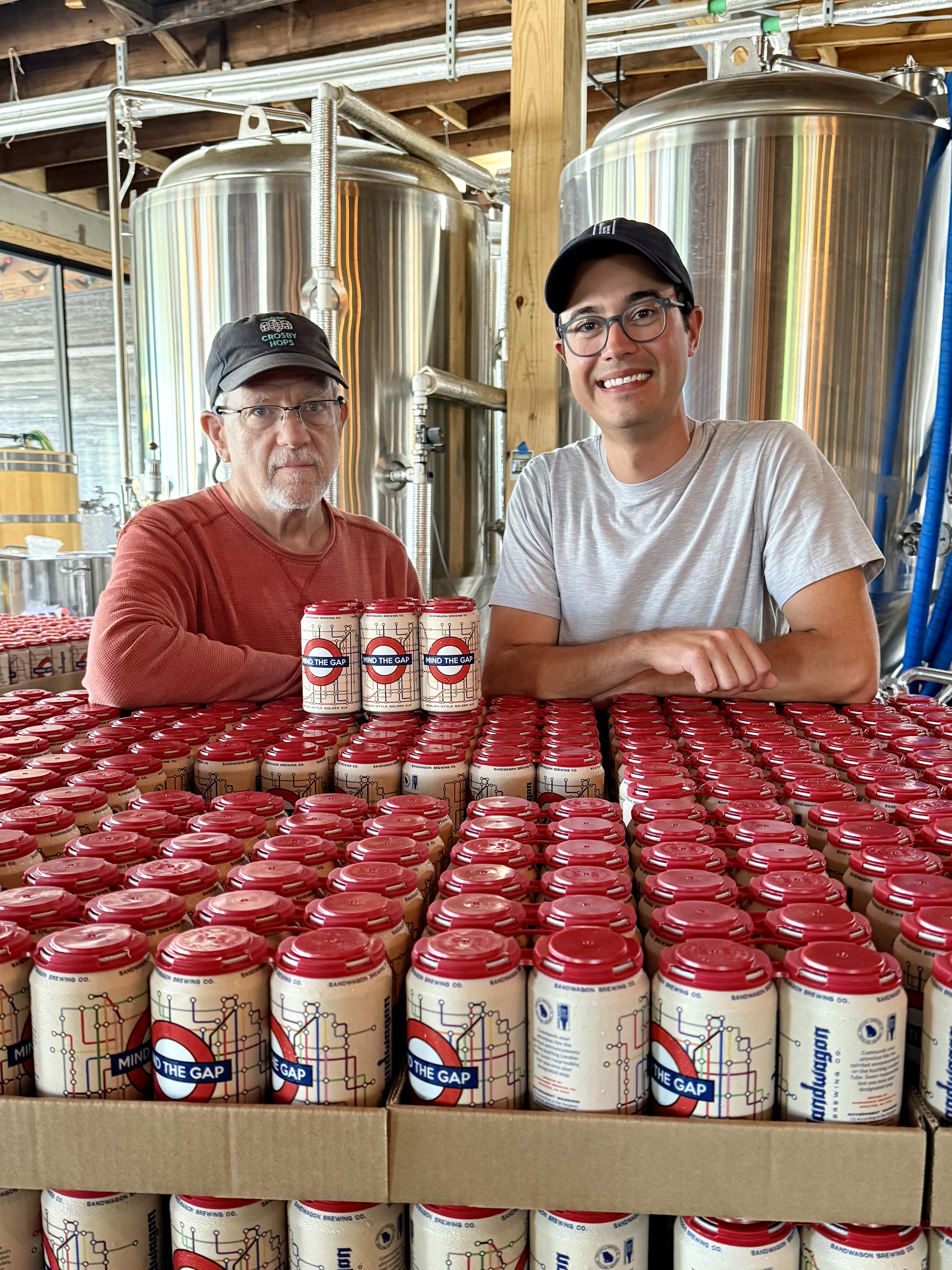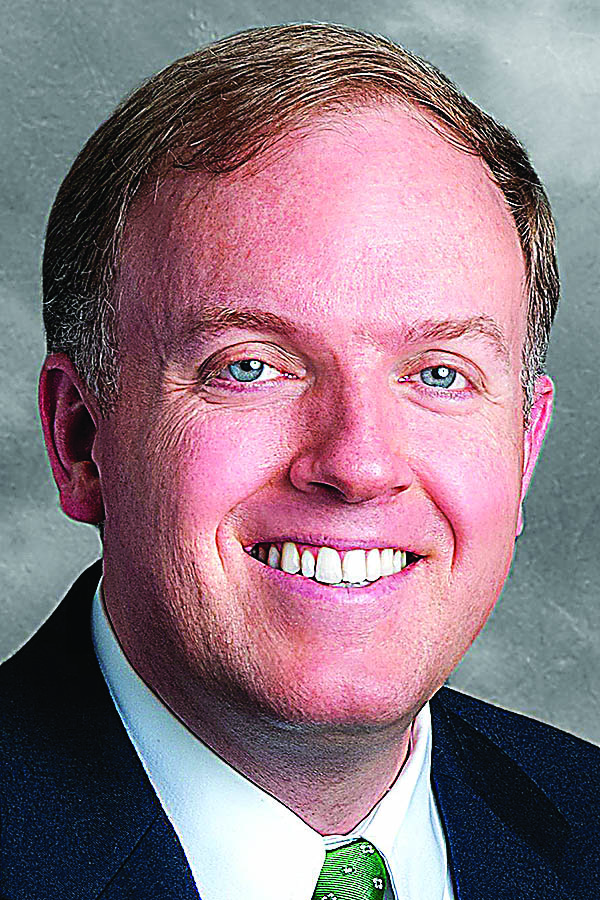Indiana native takes unexpected path to Emmy for ‘American Horror Story’
Published 12:10 pm Thursday, March 24, 2016

- Evan Underwood's Emmy Award for his work on American Horror Story: Freak Show.
KOKOMO, Ind. — A couple of days after receiving his degree in computer graphics technology from Purdue University, nothing was going to stop Evan Underwood from driving 2,000 miles to chase down his dream in Los Angeles.
Little did he know, that cross-country drive and dream would lead him to a visual effects company where his contributions would help capture an Emmy Award for the FX show “American Horror Story: Freak Show.”
Underwood, who attended high school in Kokomo, Indiana, also has worked as a visual effects artist for FuseFX out of Burbank, California, on a number of other TV shows including “Agents of S.H.I.E.L.D.” and “Criminal Minds.”
It’s a job that requires immense patience and attention to detail, Underwood said, which caters to his strengths as a graphic artist. He often spends large chunks of time on scenes that may only last a few seconds.
“I’ll sometimes spend a week or two on a shot that will be on screen for one second,” he told the Kokomo, Indiana Tribune. “There’s so much time and energy spent and the casual viewer won’t even see it. But if it’s not there, the audience might have the intuition that something was missing. That’s why we still spend all of that time on it.”
Always an artist
Underwood was raised by a family supportive of his love of drawing. His parents noticed as early as the age of 6 that their son had not only a knack for drawing in great detail, but the persistence and patience to sit down for hours at a time to complete such drawings.
“He always wanted to draw from photos and he always wanted to draw a person’s face,” Evan’s mother Deborah Underwood said. “He was obsessed with drawing humans and he could sit for hours and go into such great detail.”
The son of former Major League Baseball pitcher Pat Underwood, Evan also was involved in athletics throughout his childhood, playing for his high school and joining the Purdue University baseball team for a semester as a walk-on.
But his passion for drawing and art always came first, Underwood said.
“I always had a natural gravitation toward art,” he said. “I remember being a kid, just loving to sit down and zone out. It was always people, whether it was my favorite musician, Kramer from ‘Seinfeld’ or cartoon characters. My parents noticed I loved to draw, so they were always very supportive of that.”
Making the move
At Purdue, Underwood saw himself as an artist among “engineering minds,” forcing him to become more computer savvy.
A relentless work ethic and “a lot of all-nighters” helped him compensate for a lack of computer graphics knowledge, while Underwood used his artistic ability to gain an edge on his competition.
“It was a little intimidating because a lot of those kids were more advanced as far as computers go,” he said. “I felt like I might not be quite as smart as them. But what I learned was I really excelled on the artistic side of things. I think competition pushed me to work a little harder and play to my strengths.”
After graduation, Underwood made the move to the West Coast and shared a room with his older brother, Ryan, who already lived in Burbank. Evan slept on the floor on an inflatable mattress.
With the economy tanking around that time in 2009, find a job — or even an unpaid internship — proved difficult. Underwood went 18 months without work.
“I didn’t really know what I was getting myself into,” he said. “During the recession, movie production was down everywhere and a lot of work was going overseas. A lot of these companies were going out of business and others didn’t really have anything for you to do. That lasted a long time and I started getting frustrated. I was reaching out to contacts and nothing was happening.
Catching a break
Underwood used his downtime to sharpen his demo reel full time, improving his portfolio from “good, student level” to “professional level.”
Sending out messages to some Purdue graduates in the entertainment industry who were living in Los Angeles, he was put in touch with Purdue alumnus Dave Altenau, who had started a visual effects house called FuseFX near his place in Burbank.
Altenau took a look at Underwood’s demo reel and felt it showed great potential. He offered him a spot as an intern.
“The first day of being an intern I did a couple of ‘helicopter shots’ for ‘Criminal Minds’ that needed to be animated over a crime scene,” he said. “They paid me for the day, which was great, because I had no money.”
Altenau said he was surprised to learn a graduate from his alma mater was looking to break into the visual effects industry, due to the fact that many in the profession tend to come from more specialized art schools or have niche training.
“He was one of our first guys that we brought in out of school,” he said. “He came in and basically performed as expected. He was really sharp, and had a nice balance between the right and left brain. You have to have that balance between the technology-oriented thinking as well as an artistic sense and Evan was a perfect example of that.”
Underwood continued to work on projects related to “Criminal Minds,” with FuseFX, including an episode featuring The Scorpion Killer. His work on the episode, which attracted 12 million viewers, included creating a scorpion crawling on a fence in the desert meant to be used as a metaphor for the highly-anticipated serial killer that frequently was a part of the show’s story lines.
“It was really awesome, but at the same time, it was hard to actually enjoy it, because when you work on it for a week or so and then it airs, you wonder, ‘Are there things I could have done better?’” he said. “Once you publish it and it’s on TV, it’s all done, and you just have to move on.”
Earning the Emmy
When Underwood came on board at FuseFX, the company was less than a year old, with only two 3-D artists and four or five 2-D artists.
Underwood, who works as a 3-D computer-generated imagery “generalist,” has seen the company grow substantially, expanding to startup offices in New York and Vancouver while earning a reputation as one of the top episodic visual effects houses.
FuseFX also has been involved in the visual effects production for “American Horror Story,” doing the majority of its work from day one, in addition to “Agents of S.H.I.E.L.D,” earning Emmy nominations for both.
In the show’s episode “Edward Mordrake, Part 2,” Underwood played a role in creating the face of the character Twisty, a murderous clown whose jaw had been destroyed by a shotgun blast.
When the character removes his mask to reveal the computer-generated jaw, Underwood’s work is shown in all of its disgusting glory.
“Eventually, when he takes the mask off, we had to create the lower jaw, which basically has the screwed-up remains of a shotgun blast,” he said. “It’s really gross. There are teeth missing and you can see his throat and tongue. On top of developing that, we had to animate the jaw because he had to talk.”
The episode won an Emmy for “Best Supporting Visual Effects” in 2014-15, giving Underwood and FuseFX the hardware to accompany its rising reputation.
FuseFX also has gained Emmy nominations three years in a row in the “Best Lead Visual Effects” category for its work on “Agents of S.H.I.E.L.D,” despite losing to HBO’s “Game of Thrones” each year.
Still, Underwood remains immensely proud of all FuseFX has been able to accomplish in a relatively short amount of time.
“(‘Game of Thrones’) has a multi-million dollar budget per episode and we have a fraction of that,” he said. “We’re still working on beating them, but it’s hard to compete with all of the dragons and fire shooting everywhere.”
As FuseFX continues to grow, Altenau said Underwood continues to offer versatility in an industry where generalists are in demand.
“When you’re a small company you really need that jack of all trades who can do a wide variety of different types of work,” he said. “Evan has grown tremendously year after year, while many of his peers have been doing this for 15 to 20 years. What’s nice about Evan is his success as a generalist has allowed him to migrate as our company has grown. He’s been able to cover a broad base of tasks and has become a good core player for us.”
Slagter writes for the Kokomo, Indiana Tribune.





